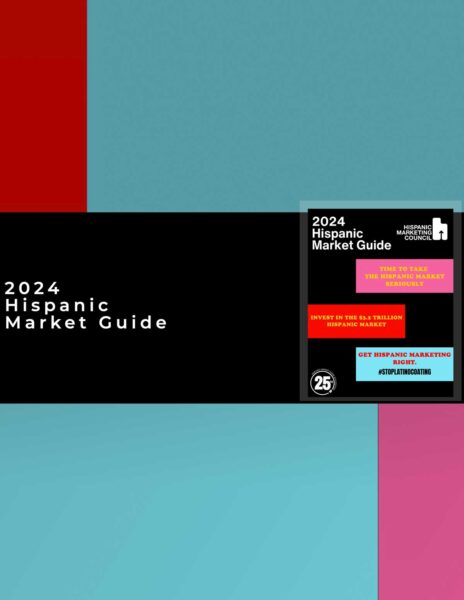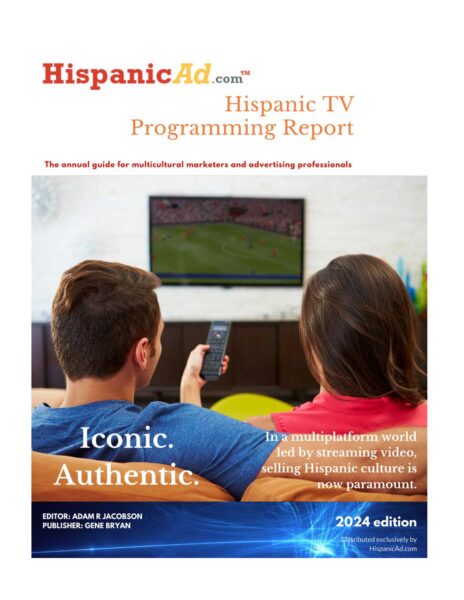On The DL: How to handle Sidelined Partners.
May 25, 2013
Another exciting NBA season has come to a close, and with it, another big year off the court with several multimillion-dollar ad campaigns starring NBA athletes. The association has never been so deep with dynamic, nationally marketable superheroes, with whom corporations can feel good about aligning their brands.
But the last year has also seen many stars go down with season-ending injuries; Derrick Rose, Rajon Rondo, Kevin Love, Kobe Bryant, and Russell Westbrook, to name a handful.
We’re all too familiar with the PR crisis managers, who swoop in and counsel brands on how to navigate the rough waters caused by the exploits of a celebrity partner. But how should the brands paying big bucks to athletes handle these major injuries?
Although every scenario will undoubtedly differ, the checkpoints posed below should help guide brands through their decision-making process:
– Is the forthcoming athlete activation time stamped?
– Is it based solely on their ‘on the court’ performance?
– Does the concept and/or endorser still resonate, despite their absence from the court?
– Is the campaign already “in the can,” or is it yet to be produced?
– Is the partnership with the athlete strong enough to open the door for enhanced social/digital activation to help offset the decrease in public exposure?
– Does the brand have the ability to build a story focused on their comeback?
– All things considered, are the brand’s efforts better served activating a different resource or initiative?
These thought starters only begin to scratch the surface of how best to size up the situation. We saw a brand like Adidas, for example, build an entire campaign around Derrick Rose’s comeback to promote its new sneaker. While his other partners were largely in wait-and-see mode, the return was very well received on all fronts, and the continued support of its athlete was applauded. Despite the story uultimately lackinga final act due to Rose’s delayed comeback, it seized the moment and owned it. The brand continued to activate that space by following with RG3’s “All In For Week #1” declaration. Both of these “comeback” campaigns generated a disproportionate amount of attention for the spend by putting a clock on their golden bboys’ comebackfrom a major injury. A challenger brand like Adidas, which has a lot invested in its athletes, is going to take this shot more times than not.
In the case of Russell Westbrook, brand sponsors stuck with their pre-injury plans to release campaigns, despite the athlete’s season-ending knee injury in the first round of the playoffs. Obviously, timing was a contributing factor, as there wasn’t much of an opportunity to call an audible, but so was the nature of the creative. Levi’s featured Westbrook off the court in a lifestyle capacity. He was more “male model” than point guard when he graced ESPN.com takeovers for the denim brand. Champs Sports launched its campaign in the heart of the playoffs, highlighted by a TV spot featuring Westbrook as the alter-ego of a high school point guard, whose confidence is enhanced by Brand Jordan attire. In this case, the target audience understood that the campaign was produced before the injury, and accepted Russell’s role as an ambassador of game.
Rajon Rondo and Kevin Love may have disappeared from the highlights package, but the combination of appearances and creativity on the social media front helped deliver value to brand partners. For instance, Rondo has been inactive on the court since late January, but has been a regular ambassador for Red Bull. Meanwhile, Kevin Love managed to generate exposure through media appearances, including an off the bench guest role on the “Mike & Mike” radio show. Athletes that can manage to keep their public profile top of mind during sustained absences from the court offer brands the opportunity to engage and activate.
Then you have megastars like Kobe, an example of an athlete whose own brand far transcends the court. Brands would have little to no issue rolling out creative unless it was specifically grounded upon a quest for a championship this season. We will watch closely to see how his roster of brands choose to activate him when he returns to the hardwood, but most likely, it will be business as usual.
Once the major injury smoke settles, marketers need to determine the best course of action for their brand based on business initiatives and ROI on partnerships. Whether you stick with the pre-injury plan or change it to leverage either a comeback, lifestyle off the court, and/or social media activity, injuries are a part of sports and the endorsement game. There’s no rulebook to download online or a crisis hotline to call.
So, when your superhero goes down indefinitely, the next move will be yours in determining how to approach the sequel.
By Matt Dzamba
Matt Dzamba is director of sports marketing at Zambezi.
Courtesy of MediaPost































